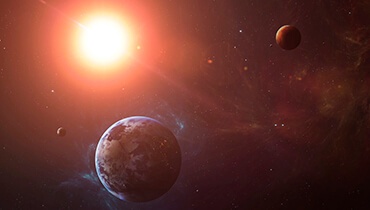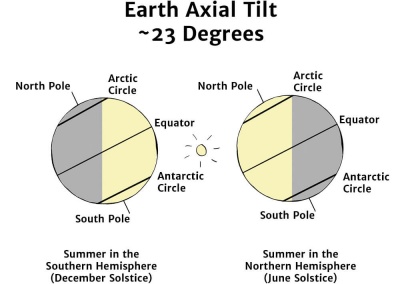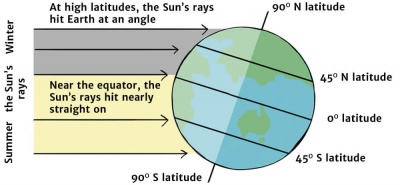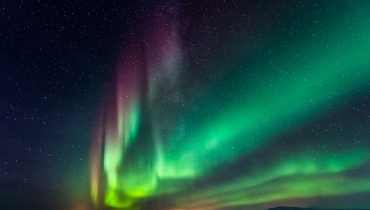The Sun
Hot Stuff!
In a Flash

The Sun creates light and heat energy.
The Sun
The Sun is a star in our solar system. It's a huge ball of flaming gas that radiates light and heat, making life on planet Earth possible. Without the Sun, nothing on Earth would grow.
The Sun has a diameter of 1.392 million kilometres and a circumference of 4.3 billion kilometres – which is big, but only about average, as stars go.
The surface of the Sun is a scorching 5,500°C and at its core, it's a phenomenal 15.5 million degrees Celsius. Now, that is hot.
The Sun's made of hydrogen, helium and other elements, which are very thickly packed together in the Sun's centre. The immense heat and pressure at the heart of the Sun causes hydrogen atmospheres to fuse together as a single atom in a process called nuclear fusion. When atoms fuse, not all of their mass is used. The excess mass is released as energy.
Burning Questions
How does the Sun support life on Earth?
Without the Sun, the Earth would be very dark, very cold and very, very dead. The Sun's light and heat energy are vital to supporting life.
Solar energy keeps the planet warm enough for life to exist, but it's also what drives weather patterns, ocean currents, wind movement and the water cycle. Plants use water and solar light to grow, and they in turn become the fuel for other life forms to thrive.

The Earth rotates around the Sun on a tilted angle.
The Earth's axis is tilted at an angle of 23.5 degrees to the Sun. Throughout the year – the time it takes for the Earth to complete its orbit of the Sun – the tilt means that at different stages in the cycle, one hemisphere is pointing toward the Sun while the other points away from it.
This tilt affects the amount of the direct light, the number of daylight hours and the temperature on each hemisphere throughout the cycle, which is why the Earth has seasons.
The changing seasons in turn influence weather patterns and climates and are a vital part of the lifecycle of plants and animals.
Only one 2 billionth of the Sun's energy reaches the Earth. To prevent overheating, the Earth releases some of its excess heat into space through infrared radiation.
The Earth also reflects about 31% of the Sun's energy back into space. Clouds, snow and ice are more reflective than trees and grass. Fewer clouds, snow or ice means less reflection, and more heat reaches the Earth.
The build-up of some gases in the atmosphere makes it difficult for these processes to work effectively.
What Do You Mean?

Light hits the northern and southern hemispheres differently throughout the year.
The Sun is our solar system's star. It's a gigantic ball of burning gas, and the heat and light it gives us are vital to all life on earth.
Nuclear Fusion is an atomic reaction, where atoms combine to create a single, larger atom with one nucleus. The new atom has less combined mass than the two original atoms. The leftover mass is released as energy during fusion.
Infrared radiation, also called thermal radiation, is a kind of electromagnetic radiation. It's invisible to the eye but can be felt as heat. The hotter an object is, the more infrared radiation it emits.
Albedo is the amount of light or radiation that a surface – usually a planet or a moon – reflects away from itself. Water, clouds, snow and ice reflect more light back into space than areas like forests and grasslands.
Speedy Summary

Aurora borealis also called the Northern Lights occurs naturally when light from the Sun hits the earth at a particular angle.
The Sun is the source of light, heat and energy that keeps the Earth warm and able to support life.
The Earth orbits the Sun at an angle, which means its light hits the northern and southern hemispheres differently throughout the year. The resulting differences in heat and light give us our seasons, which are a vital part of the lifecycle.
The Sun's heat is responsible for the Earth's wind and weather patterns, the water cycle, ocean currents, and the growth of plants, which are the fuel for other life forms. Without the Sun, the Earth would die. Luckily, the Sun still has enough fuel to burn for another 4.5 billion years.
The Earth regulates its heat by reflecting light back into space and by releasing energy into space in the form of infrared radiation. However, changes in cloud, snow and ice cover and in the types of gases in the atmosphere affect the planet's ability to regulate its temperature.
Teacher's Toolkit
Take this to the classroom!
Curriculum ready content.